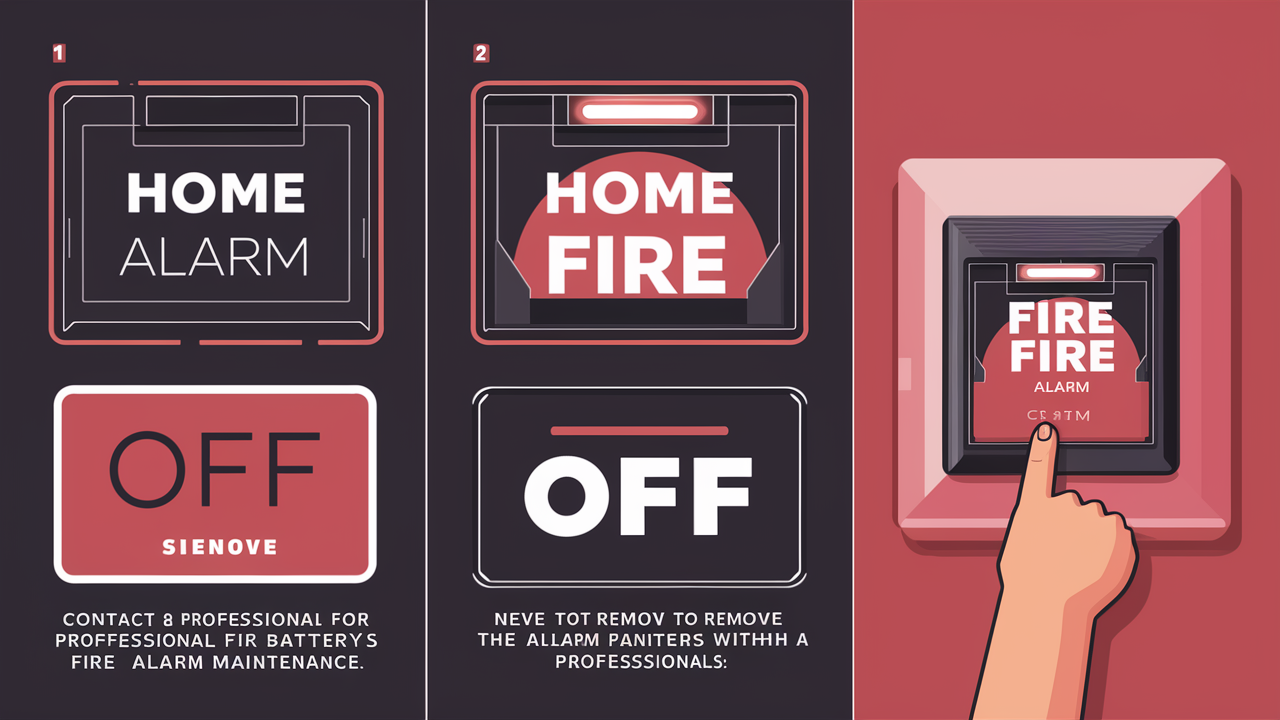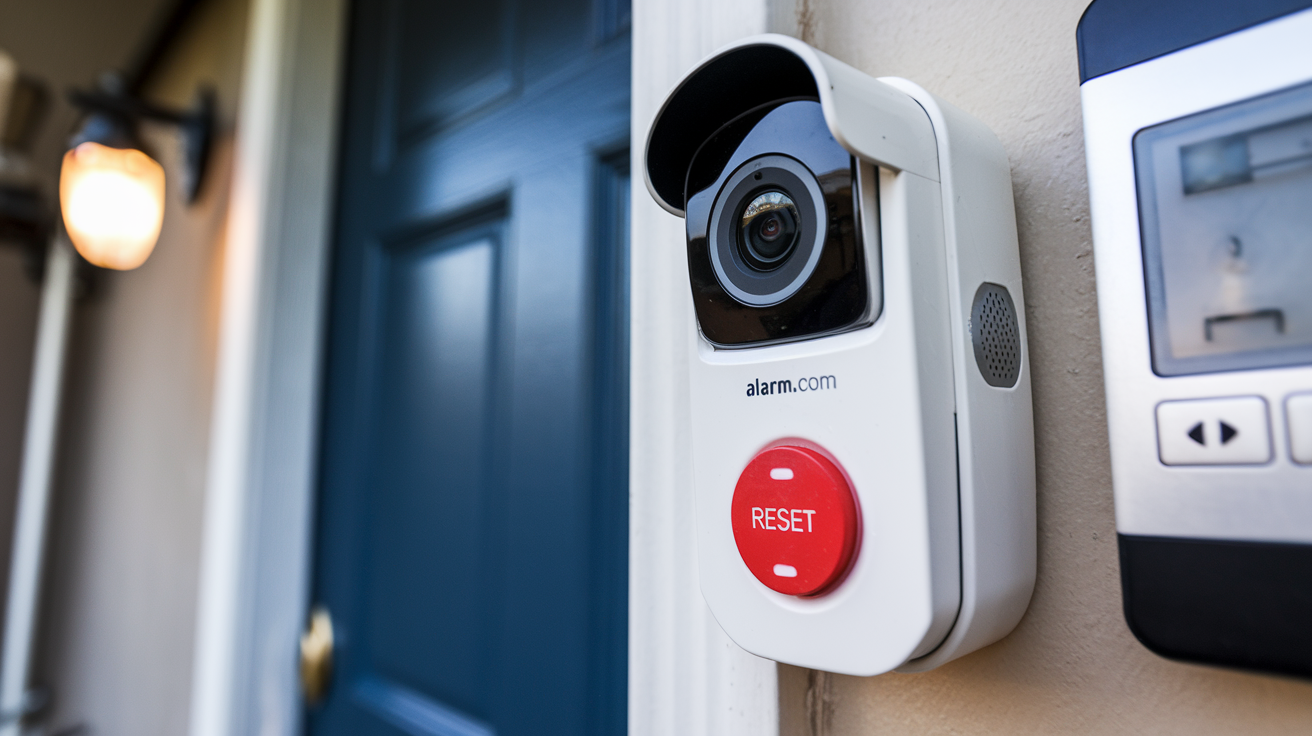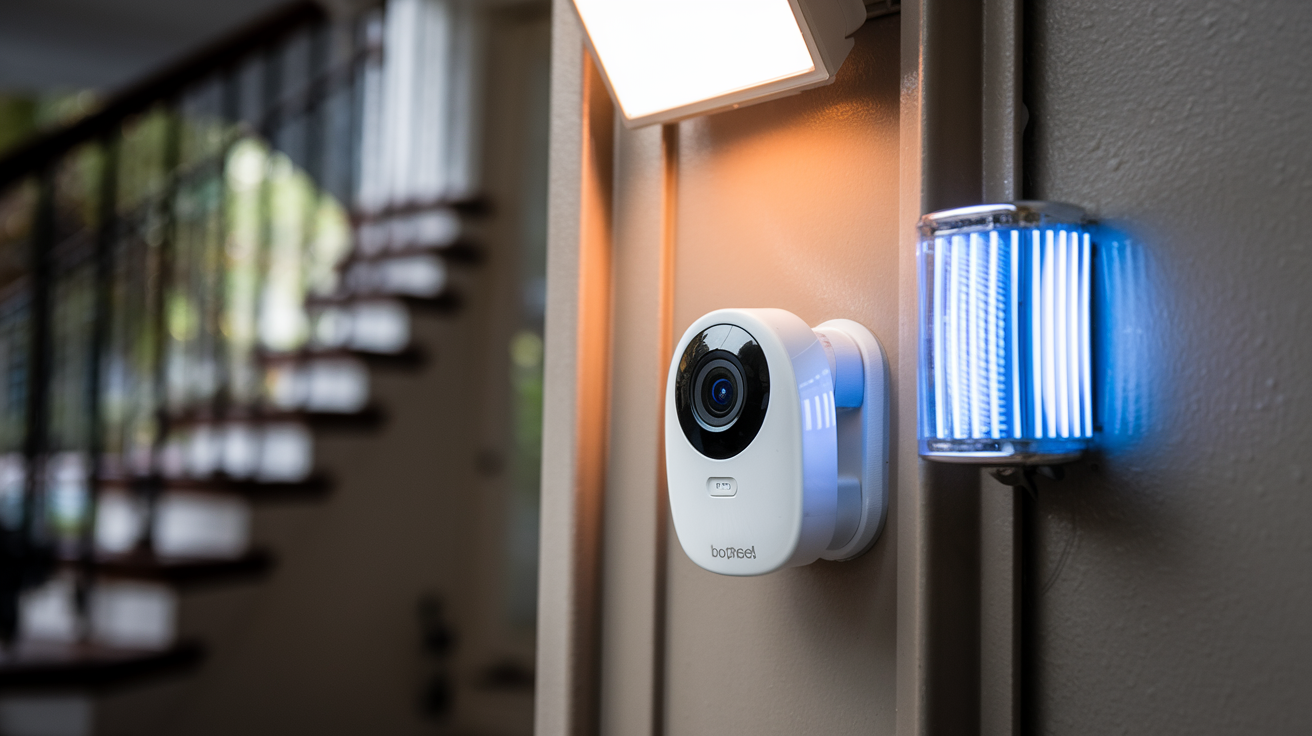Fire alarms are fundamental gadgets that identify the presence of fire and smoke in your house, and ring loudly to inform those in the house of the impending danger. Nonetheless, sometimes the fire alarms may ring inadvertently as a result of cooking smoke, steam, dust, or mechanical problems. False alarms can be annoying and inconvenient if they occur frequently and last for a long time. Hence, it is helpful to understand how to disable the fire alarm when it is not necessary to be on. However, it is only safe to disable the fire alarms when one has a false alarm and needs to handle it temporarily.
This will contain information on how to safely deactivate various home fire alarms. In this guide, we will be focusing on battery-operated and wired smoke detector alarms. The intended message to readers is to educate them on the correct procedures of temporarily dispatching fire alarm systems, and that such systems must be restored as soon as possible due to the presence of a real fire or other emergencies. Let's get started.
Disabling Battery-Operated Smoke Detectors
Wireless smoke alarms, also known as battery-operated smoke detectors, are widely used in homes as they are easy to install and very flexible. As they do not have any wires to connect them, the cameras are usually installed on the ceiling or walls using screws or adhesives. When the battery starts to discharge, these units will emit a short beep or chirp. This is how you can turn them off:
Find where the smoke detector that is making the alarm is located. Self-powered units have a battery container which is in the exterior casing of the unit. There should be a button or switch to press for do not disturb or for turning off alarms.
If you feel you can’t reach the smoke detector safely, you can resort to removing the batteries altogether but ONLY when it is apparent that smoke or fire is not the cause. Always extend and avoid taking chances of climbing on their furniture using a ladder. Taking out batteries will help to stop all sorts of battery-controlled smoke and fire alarms in the home when required.
Next, what was done to correct the false trigger should be done including replacing batteries and re-activating the alarm to ensure your home safety system is working again. It is recommended to have spare batteries as replacements for low or non-functional batteries in alarms.
Smoke Alarms with Batteries Ionization smoke alarms are wired directly into your home's electrical system and also incorporate a battery backup. The audible alarm, if it sounds in error, should have a clearly labeled button, switch, or key combination that disables the alarm.
Just as with the wireless alarms, find the hardwired alarm that is going off before trying to switch it off using the pointed-at button, switch, or keypad. Press this down for several seconds which should help to mute the alarm sound for some time.
If your particular smoke alarm does not have an obvious disable feature, turn off the alarm and search for buttons or sliding switches, or try to look at the manufacturer’s website to disarm the particular model.
Even if you are in a worst-case scenario of a false alarm that cannot be deactivated, disconnecting the backup batteries should help to mute sounds. However, you could be left in the dark with no electricity to power the alarm system during a power outage. This method should not be used while handling false triggers except if called for.
In the case of smoke detectors, just like in the case of battery-powered alarms, everything that triggered the alarm should be dealt with right away, any remaining smoke or steam or dust should be removed, batteries should be reinserted if they were removed, and the alarm should be enabled after a false trigger incident. It is important to get the alarms working properly again after a false situation.
Other Alarm Types and Recommendations IoT and Smart Home Smoke Alarms In the recent world of smart home devices, most smoke detectors can connect to the WiFi, and even sync with smart home systems. They may have apps for controlling alarms remotely, but they almost always have features to disable the alarms temporarily. It is always important to follow the platform guidelines for the exact procedures used to disarm and rearm alarms after dismissing false alarms to maintain complete fire detection functionality.
Heat Sensor Fire Alarms Some home alarm systems mainly incorporate heat sensors and may not incorporate a disable switch that is easily recognizable. On average, it is recommended to contact the installer or the manufacturer for help with heat detector alarms that cannot be turned off manually. Always avoid trying to dismantle batteries, cutting wires, or playing with professional alarms other than the standard features.
Fire Sprinkler Alarms A large home sprinkler system normally has many parts and requires professional intervention in case of the need to turn off the system lest the homeowner lose the capability of the system in the event of a fire breakout. It is emphasized not to try to shut down complicated extinguishing systems beyond the system user test points. Contact the installation company or the contractor in case of accidental triggering of the fire sprinkler alarms.
General Tips In any case, spend time to find out the causes of smoke detector activation even when the alarm is already silenced and fix these causes no matter how small they may seem. Ensure that there are no old batteries, dust accumulation, steam leakages, etc., to avoid continuous triggering of the alarm. It should be understood in advance regarding the procedure to follow when you want to turn off the fire alarms with the help of the manuals and instructions.
When installing smoke alarms or conducting checks such as battery replacement or removing dust, turn on the unit right after the exercise and ensure the alarm sound is functional. Non-functional detectors present an image of an open door to fire outbreaks to take root without being noticed.
Last but not least, if there is any uncertainty regarding the reason behind a smoke or fire alarm going off, one must leave the house and call for help. Be more careful if an alarm looks real and there is a fire hazard rather than assuming that the alarm is fake. There is no doubt that safety comes first when it comes to home fire detection and prevention systems of any kind.
Conclusion
It is of paramount importance to always have proper working fire safety systems in the home even if it can lead to false alarms once in a while. It is also useful to know how to silence the alarms when they get activated by mistake to bring the order back. The only thing is to ensure that there is proper observation of the protocols to make alarms reactivate a few minutes after a false triggering event. Perform an overall system check at least once a week and identify what led to the accidental triggering of the alarm. Do not turn off safety systems if one does not have a contingency to reactivate them to normal functioning after a false alarm. That is why with the basic knowledge of how home fire alarms work, one can from time to time control false alarm incidences while at the same time being ready to detect fire incidences. Stay safe!
Protect your home today with ADT’s top-rated security solutions!
Call now at +1 877-470-7879 to get a free consultation and find out how you can secure your home with the best in the business. Don’t wait—ensure your peace of mind with ADT!







